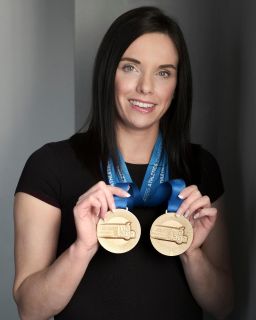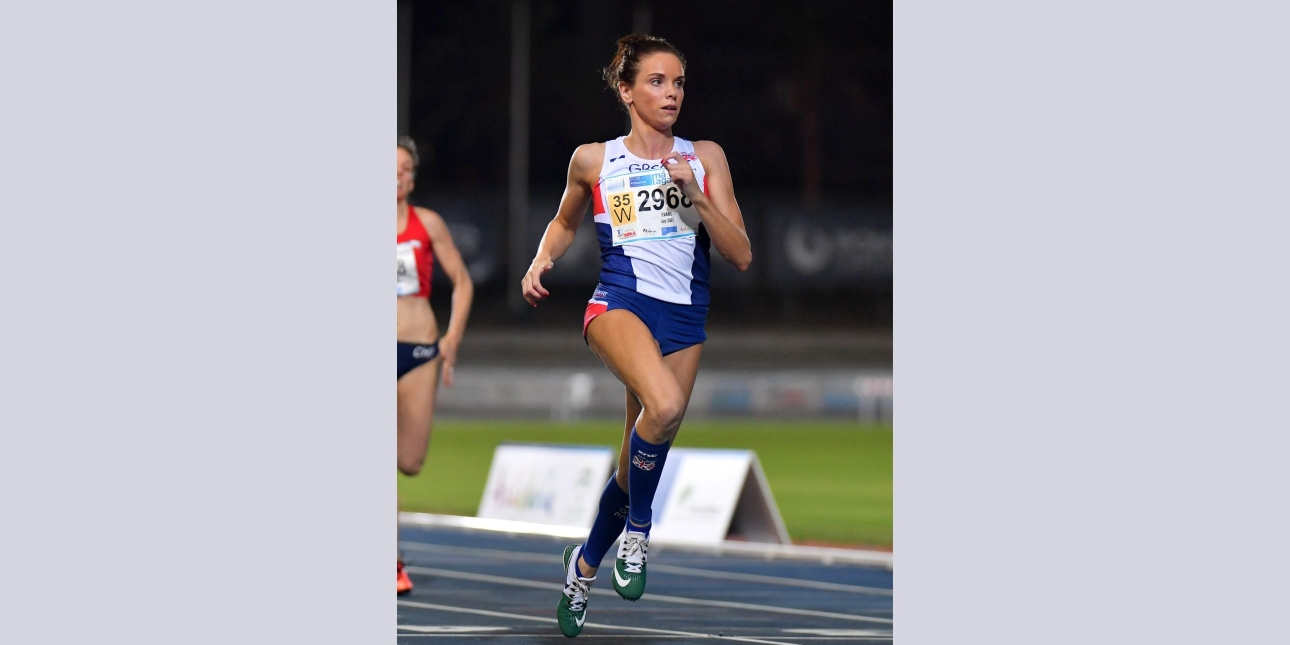GB athlete turned PR pro explains how to bring athletics mindset to PR strategy
Is your PR podium ready? As Team GB’s Olympics medal haul grows, a CIPR member and former Commonwealth Games athlete explains how she brings her track and field mindset to public relations
Alongside my career in PR and marketing, I competed in track and field athletics at international level, racing in grand prix meetings, the Commonwealth Games and world championship events. Through these experiences, I have seen first hand how working in PR can be a lot like competing at the highest level: The landscape is highly competitive, the pressure to perform is intense, and success requires strategy, determination, and resilience. If you and your PR team want to reach peak performance, why not follow these six strategies for success:
1. Be clear on your ‘why’
At the start of each season, I would aim high, establish my goals and set a number of key performance indicators to hit along the way. What’s more, I would be clear on my ‘why’ – a statement of purpose and a driving force that kept me going and helped me stay motivated. This is just as important for PR teams. Whether your goal is to win a gold medal or secure coverage in a national publication, defining it is key. Your goal will inform your overall strategy and your ‘why’ will help you to communicate your purpose to teams, management boards and key stakeholders.
2. Create the perfect team
Out on the track, sprinting is an individual sport, but don’t be fooled. Behind every athlete is a dedicated team of coaches, physiotherapists, nutritionists, agents, sponsors, and supporters, with each player specialising in their role and understanding the overall goal. The same is true for PR – whether your goal is to launch a new product to a specific audience, or reposition a brand, building a strong team around you is key.
3. Develop resilience
No matter how much you plan or how hard you train, it’s inevitable that as an athlete, at some stage you will experience a setback – whether its injury, illness or a mental health challenge. Upward trajectories are broken, which means that coaching programmes, training strategies and competition schedules must be quickly readjusted. This level of agility is also required by PR professionals when facing unforeseen situations, whether that’s a sudden industry crisis or the unexpected souring of a press relationship. Quickly adapting to and leaning into the situation is critical to your success. What’s more, an evaluation of the response after the situation enables lessons to be learned and procedures to be put in place, so that you’re best positioned to bounce back quickly next time, thus developing resilience.
4. Monitor the measurables
I can certainly tell you from experience that with running, the measurables matter, with the tiniest of margins being the difference between gold and fourth place. Due to these small margins, athletes and coaches constantly analyse performance, collect health data and exchange feedback to track progress, find strengths and avoid setbacks. As a PR professional, you too can benefit from tracking and regularly analysing the performance of your campaigns. Key metrics such as frequency of media coverage, audience engagement, reach and ROI can highlight what’s working well and indicate where you may need to adjust your strategy to reach optimal performance.
5. Dare to be different
While there are tried and tested training methods which can be teamed with textbook techniques, there are numerous examples of athletes tearing these up to express their unique strengths and styles. Usain Bolt swapped the trademark calm and focus on the start line for fun and lightning-bolt posing, and Michael Johnson adopted his unorthodox upright stance while sprinting to Olympic gold. While maintaining professional standards is key, PR teams and professionals need to decide what they are going to do to be different and how they are going to stand out from the crowd, so that they can elevate their organisations above the competition.
6. Stay consistent
One question I was asked frequently asked when stepping off the podium was “How do you do it, how do you win?” While many people were hoping for a magic bullet answer – “I buy special shoes”, “I perform a certain exercise” or “I have wings for feet” – the real answer was much more mundane: the key to performing well is consistency. By training daily, eating nutritious foods, hydrating, and using mindset tools, it was consistent, sustained efforts performed over a considerable amount of time which undoubtedly delivered results. The same is true in PR. You can’t build a brand, reach a new audience, or demonstrate thought leadership overnight. Consistent actions and messaging across multiple channels over a suitable period are what builds trust, recognition and engagement with audiences.
 Lucy Evans is a former international athlete, who competed in the 100m, 200m and 4 x 100m events. Thanks to her sporting career, Lucy is privileged to have lived in an elite performance environment, having worked closely with world-class coaches, mentors, and psychologists, as well as performance specialists and elite athletes from many different sports and countries. Alongside her athletics career, Lucy is currently a senior marketing and PR professional at luxury tour operator Elegant Resorts and a member of the CIPR. She is passionate about sharing her unique insights from elite sport and business with colleagues and peers, so they can take away actions to improve their performance and achieve outstanding results.
Lucy Evans is a former international athlete, who competed in the 100m, 200m and 4 x 100m events. Thanks to her sporting career, Lucy is privileged to have lived in an elite performance environment, having worked closely with world-class coaches, mentors, and psychologists, as well as performance specialists and elite athletes from many different sports and countries. Alongside her athletics career, Lucy is currently a senior marketing and PR professional at luxury tour operator Elegant Resorts and a member of the CIPR. She is passionate about sharing her unique insights from elite sport and business with colleagues and peers, so they can take away actions to improve their performance and achieve outstanding results.
